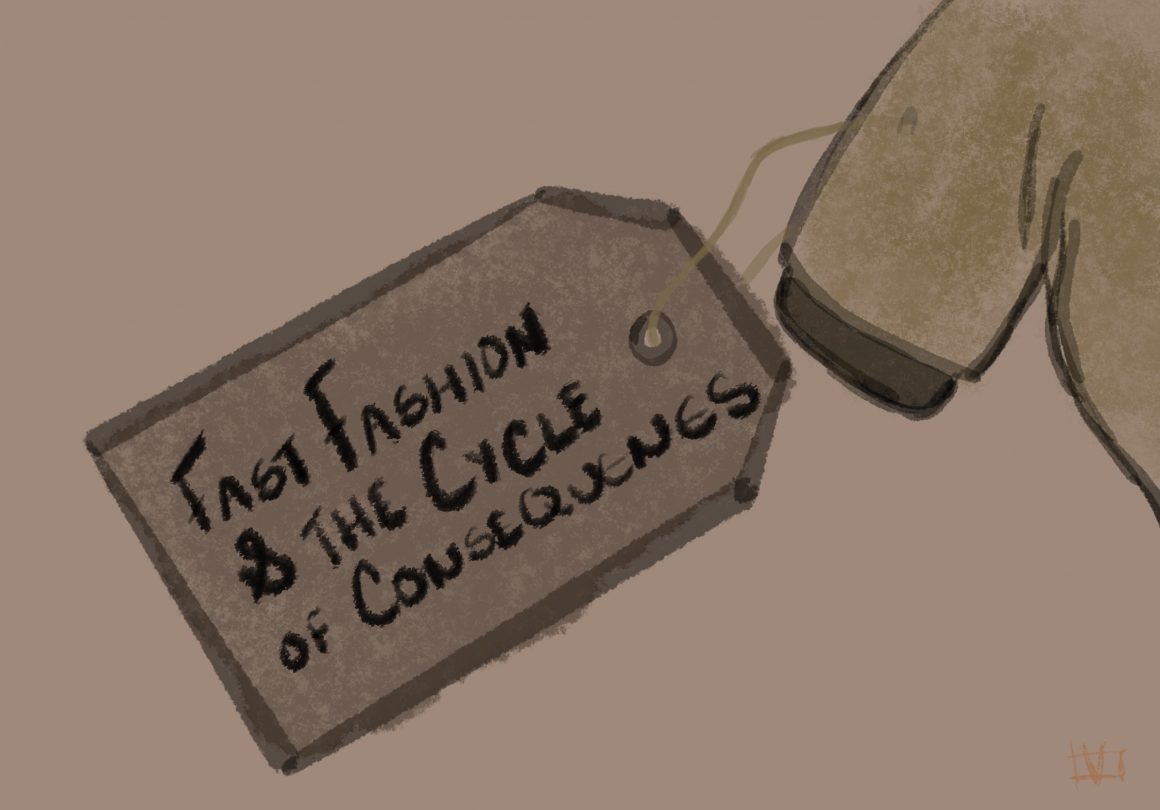
Garment workers in Pakistan are starving as the cycle of fast fashion continues
By Nazeefa Ahmed, July 22 2022—
Garment workers at the Bismillah Clothing Factory in Faisalabad, Pakistan are unable to pay for basic living expenses because the fast fashion clothing company, Missguided, collapsed due to a lack of demand for their products. The UK-based company saw a rise in labour costs, delivery and fabrics — causing workers to not receive their salary for completed orders. Given that they are only paid €100 to €160 monthly, many workers are left begging on the streets to feed their families.
Experts are saying that Missguided’s marketing strategies lead to its demise. Darcey Jupp, an apparel analyst at market research firm GlobalData, explained how Missguided’s collapse differs from other fast-fashion companies.
“The true reason for [Missguided’s] demise was its lack of competitiveness with the likes of Shein and Boohoo,” she said. “While many UK pureplays have struggled to continue their pandemic momentum in 2021 as in-person shopping returned, Missguided has slipped further than most, with its lack of high-profile celebrity collaborations and uncompetitive pricing contributing to the brand losing the lucrative attention of young shoppers in the UK fast fashion market.”
But writing off the collapse as a business failure gives an excuse to pour more money into fast-fashion clothing brands without addressing the root problem — consumers are overconsuming clothing more than ever.
Fast-fashion saw a boom during the pandemic, a time when Shein and Boohoo hauls were all the rage. Young girls often bought boxes of clothes from these brands, posted content on TikTok with them, and then dumped their clothes at the local thrift store. This overconsumption led to many thrift stores throwing clothes away due to a lack of space.
Clothing is treated like a disposable item — one that is worn once and then thrown to the back of the closet for the next few months before it is sent to a local thrift store. The clothing from these sites are also dangerous, reportedly containing many toxic chemicals such as lead, PFAS and phthalates. Garment workers have to work with the most potent version of these chemicals during their production, resulting in many health problems in the long-term. The lack of health and safety measures available to them means that often these problems are overlooked and undertreated.
Consumers who can afford, or have access to other shopping options — but still continue to buy fast-fashion — are ultimately allowing these practices to continue. Additionally, the pervasiveness of influencer culture that took over the late 2010s has changed how many of us look at personal style. We are expected to have a closet full of the latest trends and avoid repeating outfits — imitating the wealth and luxury of people like Kylie Jenner, in order to be socially accepted. Fast-fashion, in a sense, is a doorway into perceived opulence. But there is a way to be in style and still avoid the pitfalls of overconsumption.
People of all socioeconomic classes should thrift a small portion of their closet. I have been thrifting from within my family, wearing my mom’s old styles, or my brother’s outgrown shirts around the house. Calgary also has some great places to shop for vintage pieces to spice up your wardrobe. Given that people are more open to new styles, drawing inspiration from past decades and following a particular aesthetic, thrifting can very possibly go mainstream. Those into the dark academia look can give life to an old man’s tweed blazer, instead of buying a low-quality version from Shein. Cottagecore girls can change a 2010 maxi dress into a flowing skirt ready for the garden.
However, as in any capitalist system, an increase in demand increases the price of a product. When thrifting becomes trendy, stores have been known to increase their prices, creating a barrier for low-income households. The affordable fast fashion prices may be their only option.
A volunteer-run thrift store in Calgary hopes to combat this issue. Good Neighbour has a “pay what you want” system, making second-hand shopping accessible for everyone. Government programs and annual clothing drives are some of the ways that clothes can get to those that need it most.
Gen Z can take charge of the thrifting movement. Even though we grew up in a world that treated clothes as plastic party cups, we are still young and open to change. While previous generations looked down on thrifting as a social taboo, Gen Z has embraced second hand shopping with open arms.
The fashion cycle is crumbling due to overconsumption in the Global North, and people like the Pakistani garment workers in Faisalabad are the ones suffering the most because of it. Before we hit “proceed to checkout” on our online cart, we all need to open our closets and think about ways we can reduce, reuse and recycle. Buying quality clothes if possible, thrifting and recycling old styles are some of the ways we can stop the cycle before it is too late.
This article is a part of our Voices section.
